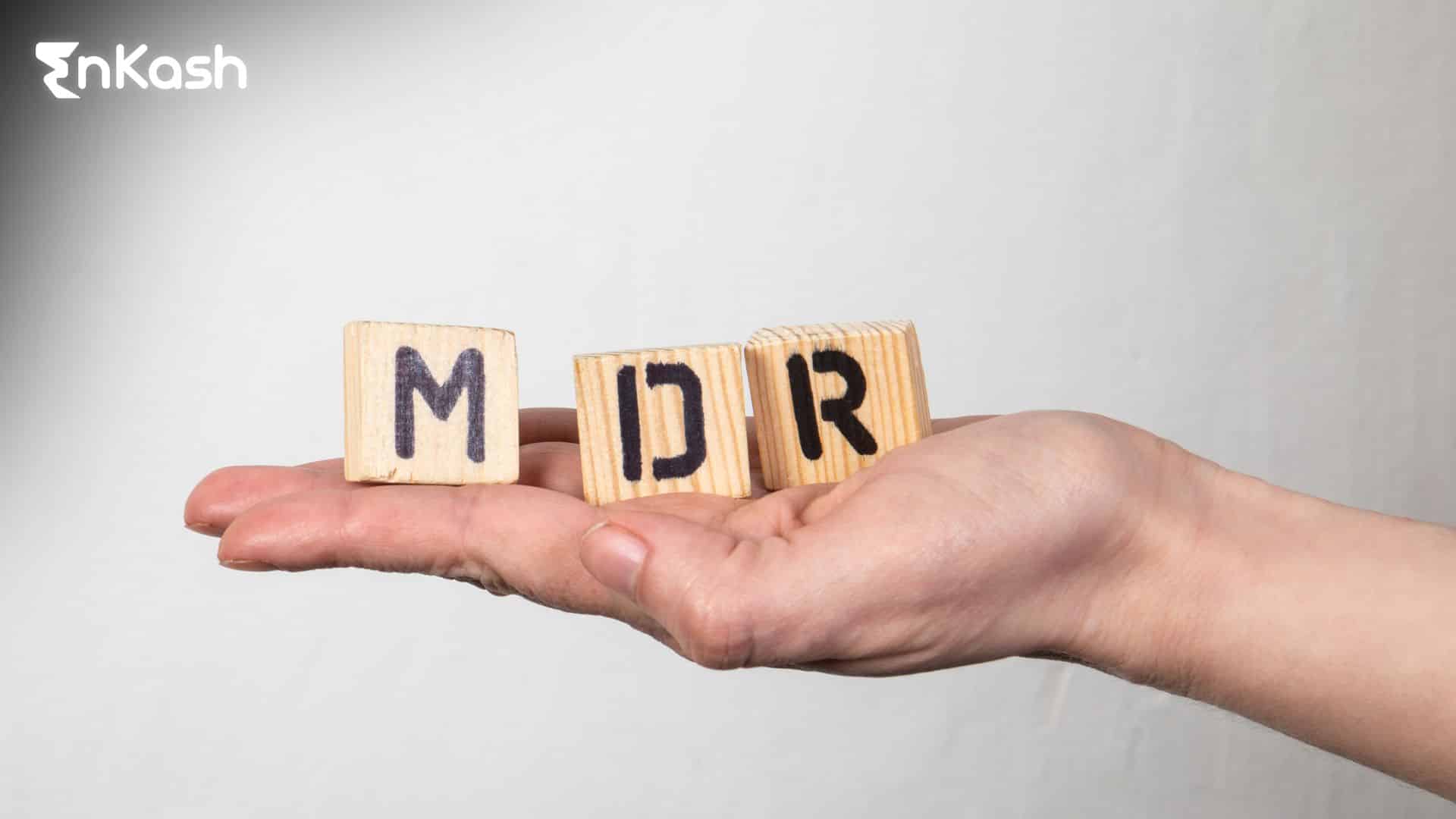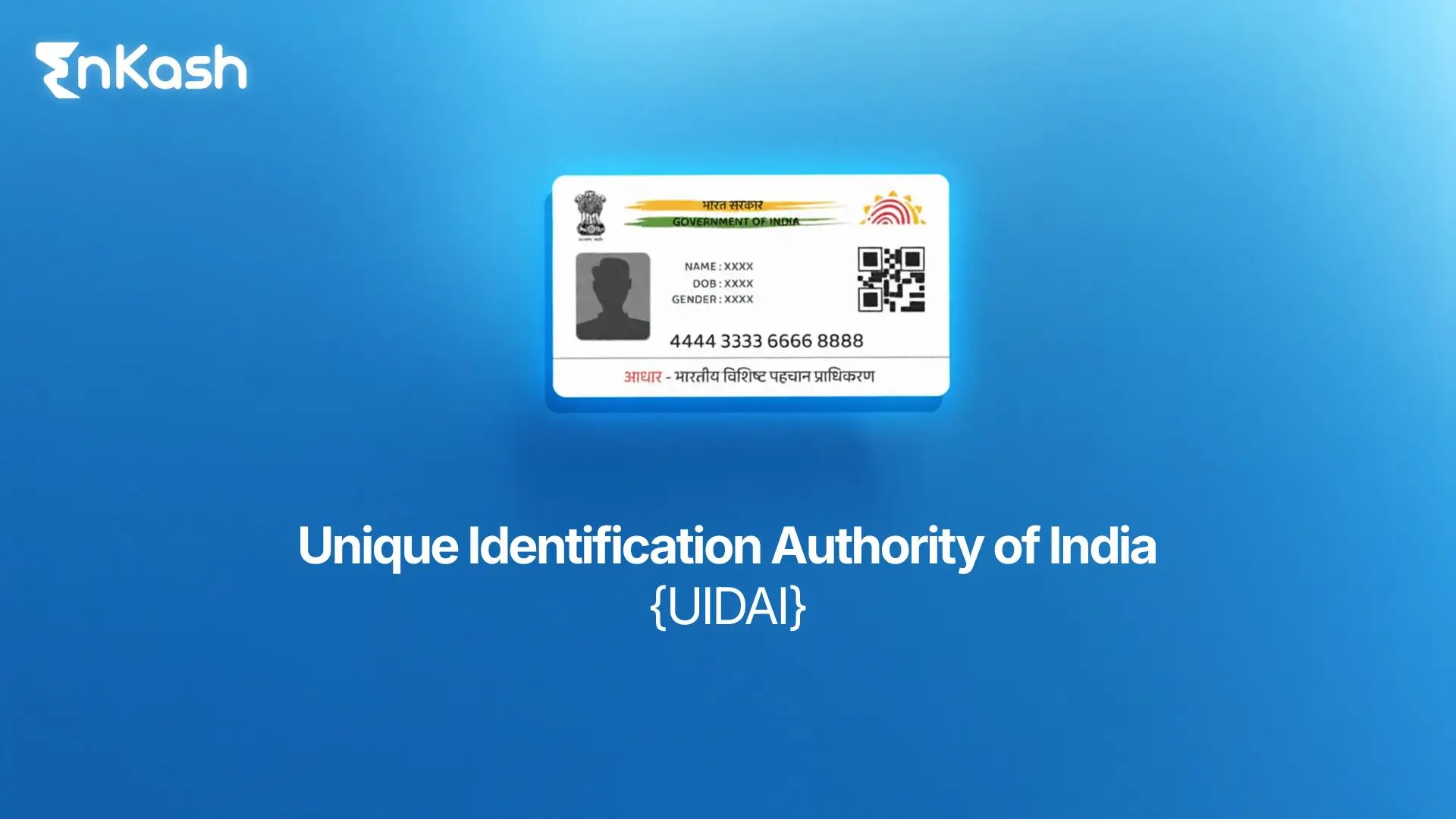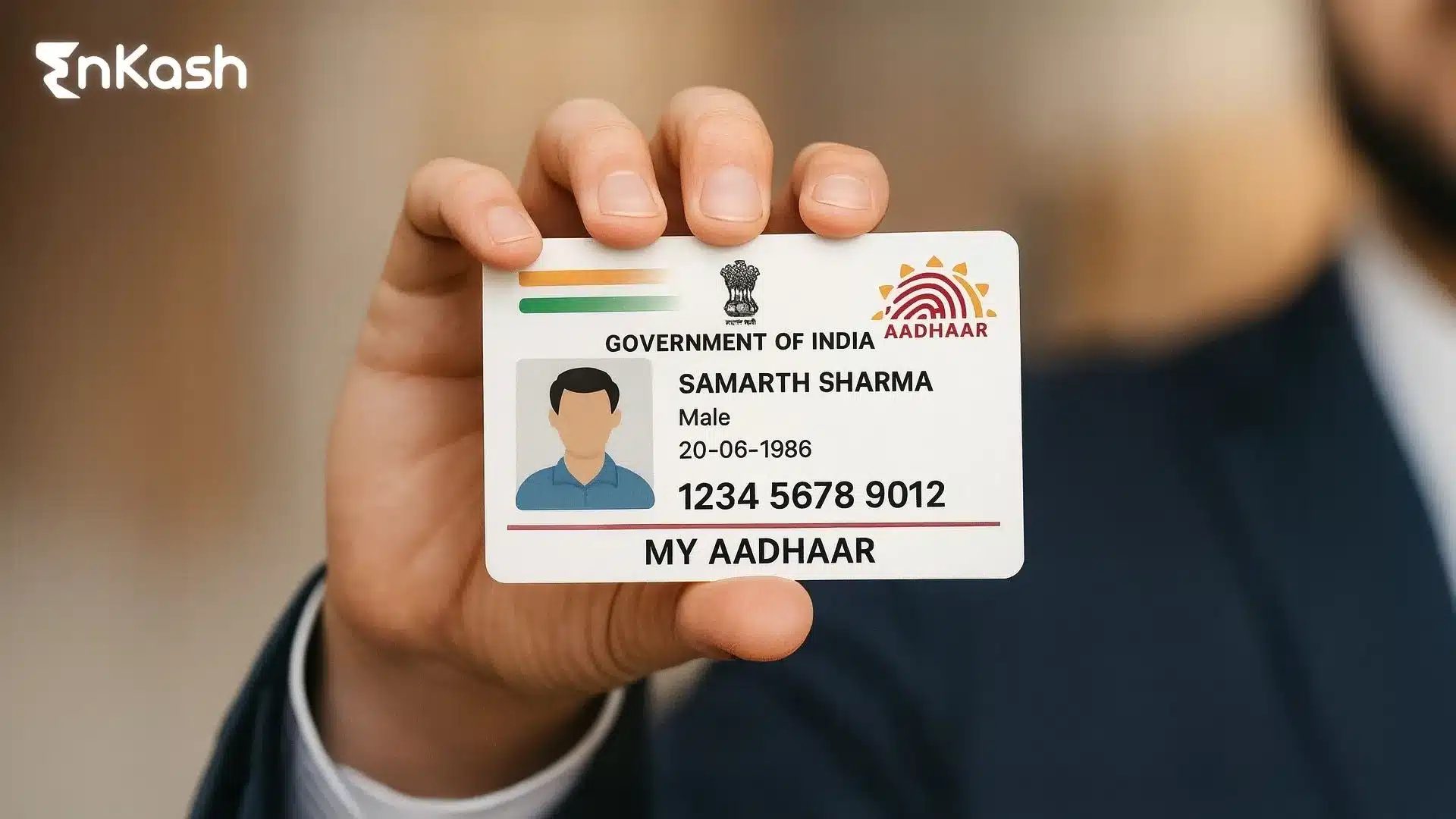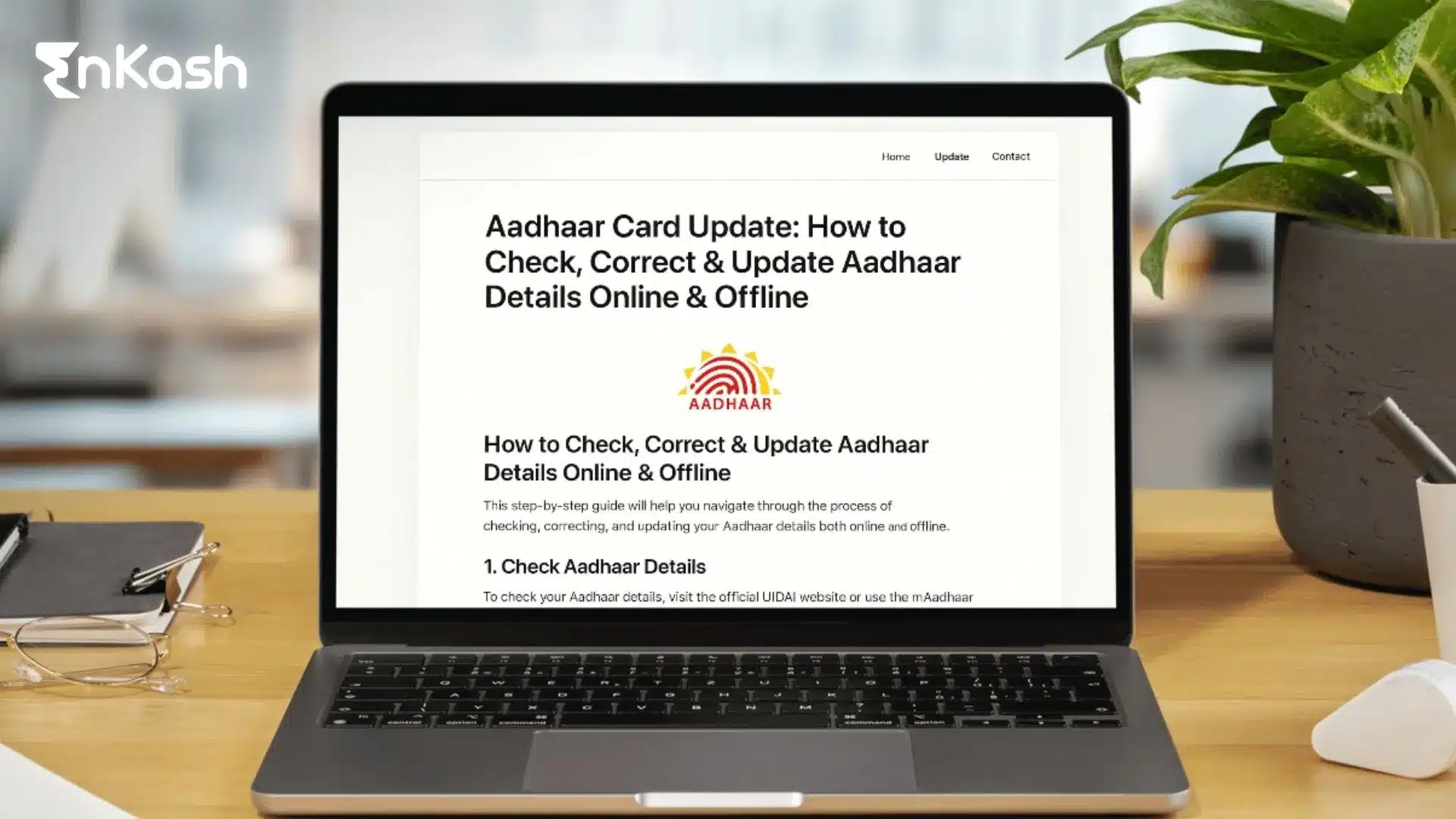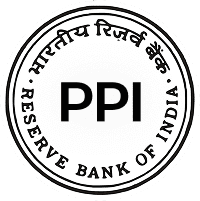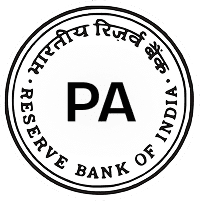Demystifying MDR in the Digital Payment Ecosystem
In today’s cashless economy, every card swipe or QR code scan involves a multi‑layered financial process. At the center of this process is the Merchant Discount Rate, a term that appears simple but carries considerable importance for both businesses and financial institutions. Any business accepting digital payments must understand how MDR works, who sets it, and why it matters in day‑to‑day transactions.
The Merchant Discount Rate is a fee that a merchant pays to a bank or payment processor when a customer uses a digital payment method. It is usually a small percentage of the total transaction value. What many people overlook is how this fee is split among different players, including the issuing bank, the acquiring bank, and the payment network involved in processing the transaction.
For merchants, this fee is not just a cost of doing business. It impacts how they price their products, what payment methods they promote, and how much revenue they ultimately keep. In large-scale operations, the cumulative effect of MDR fees can influence profit margins. For smaller businesses, even a slight increase in these charges can affect their willingness to accept card or UPI payments.
Understanding MDR in payments also matters for regulators and policy makers. As digital transactions rise, so do questions around fairness, affordability, and inclusivity. In the context of exams like merchant discount rate upsc, this subject becomes relevant for understanding how digital infrastructure supports financial growth while also posing challenges.
So what is merchant discount rate? It is more than a transaction fee. It represents a balancing act between convenience, cost, and control within the modern financial system. The sections ahead will explain how this fee is calculated, who controls it, and what it means for different stakeholders.
Breaking Down MDR Fee Components
The Merchant Discount Rate is not a flat fee that goes to a single party. It is a bundled fee that multiple entities share for making a digital transaction possible. Whenever a customer pays using a card, QR code, or app, multiple entities collaborate to approve, authenticate, and complete the transaction. The fee that the merchant pays, known as the MDR fees, is divided among these systems.
The first and largest share of this fee typically goes to the card-issuing bank. This is called the interchange fee. It compensates the bank for taking the risk involved in approving the transaction and for offering credit or debit facilities to the customer.
The second portion goes to the card network. These are companies that operate the infrastructure connecting issuing and acquiring banks. The network charges an assessment fee. Though smaller than the interchange portion, this fee is vital for maintaining global payment systems.
The third component is retained by the payment gateway or the acquiring bank. This share covers services such as fraud detection, real-time settlement, data security, and customer service. It also includes the processor’s margin for facilitating the transaction. This is where most of the MDR payment processing happens on the merchant’s side.
For example, if a customer pays ₹5,000 through a credit card with a 2% Merchant Discount Rate, the total fee paid by the merchant is ₹100. This ₹100 is then divided among the issuing bank, the card network, and the acquiring gateway based on pre-agreed rules.
For merchants, knowing where their money goes helps in evaluating providers and negotiating better terms. Understanding the flow behind the Merchant fee allows them to manage costs effectively, especially when dealing with multiple payment channels.
Read more: What Is Bharat QR Code? Benefits, Setup & Charges Explained
Understanding MDR Calculations with Real Examples
To grasp the financial impact of the Merchant Discount Rate, it is essential to see how it is calculated in practical situations. The calculation itself is simple, but the outcome can significantly influence pricing, payment‑method acceptance, and profit margins.. For businesses, this clarity can make a difference between healthy revenue and shrinking returns.
The MDR calculation is based on the percentage agreed upon between the merchant and the payment provider. This rate usually varies depending on the payment method, transaction volume, and the type of card or digital tool being used.
Let’s consider a standard example. A customer pays ₹10,000 at a store using a credit card. At an MDR of 2%, the total fee for the merchant is ₹200.. That means the settlement amount the merchant receives is ₹9,800. This ₹200 gets distributed between the card issuer, the network, and the acquiring bank as discussed in the previous section.
Now, take another case. A customer pays ₹1,000 using a UPI QR code. If the applicable MDR fees for this type of payment are 0.3%, the total fee would be ₹3. The merchant receives ₹997 after the deduction. Although the percentage is small, high transaction volumes can still lead to noticeable expenses over time.
In digital wallet payments, such as with Paytm, the MDR charges Paytm can vary. Some merchants may see different rates for in-store payments, online payments, or high-frequency use. These rates depend on the merchant category and business scale.
Understanding what are MDR charges in different settings helps businesses choose the most cost-effective methods. By regularly monitoring their payment flows, merchants can adjust their strategies to minimize loss through unnecessary fees.
Comparing MDR Across Payment Modes
Not every payment method comes with the same cost to the merchant. The Merchant Discount Rate depends on how the transaction is made and who is involved in processing it. Businesses need to understand these differences to make smart choices that reduce cost without affecting customer convenience.
Here’s a breakdown of how MDR fees differ across common payment types:
Credit card payments
- Typically carry the highest MDR because they involve credit risk, fraud protection, and reward funding
- Banks offer credit first, then collect payment from the customer later
- Includes costs for credit risk, fraud protection, and reward programs
Debit card transactions
- Lower in cost compared to credit cards.
- The payment is instantly deducted from the customer’s account, lowering risk.
- Makes debit cards more merchant-friendly in terms of MDR in payments.
UPI-based payments
- Favoured for their simplicity and lower MDR fees
- For small retailers, many UPI payments carry zero or minimal charges
- Larger businesses may be subject to a modest Merchant fee, especially on high-volume transactions
Wallet services like Paytm
- The MDR charges Paytm applies differ depending on how the transaction is processed
- In-app and QR-based payments may attract variable charges
- Some business categories may face slightly higher rates due to added transaction layers
Knowing these differences helps merchants take control of their transaction costs. By encouraging lower-cost options, businesses can improve profitability without making payments harder for their customers.
Read more: How to Accept UPI Payments from India for Your International Business
MDR Regulation and Policy in India
In India, the Merchant Discount Rate is not just shaped by market forces. It is also influenced by government and regulatory policies designed to support digital adoption, financial inclusion, and small business growth. Over the years, these policies have created a unique environment where MDR behaves differently for different payment types.
Below are the key regulatory decisions and their impact on MDR fees:
Debit card MDR caps by the RBI
- The Reserve Bank of India introduced structured limits on MDR for debit card transactions.
- Smaller merchants benefit from lower caps, while larger players may fall under different fee brackets.
- This move ensures broader access to card payments across business sizes.
Government push for zero MDR on UPI and RuPay
- In 2020, the government mandated zero MDR on UPI and RuPay to encourage digital payments.
- This allowed smaller merchants to accept payments without any MDR charges, making digital tools more accessible.
- Payment companies, however, raised concerns about sustainability due to the lack of fee recovery.
Reassessment of zero MDR policies
- As digital volume grows, especially among enterprises, policy revisions are being discussed.
- New proposals suggest a small Merchant fee on large-ticket UPI transactions.
- This change could help balance ecosystem needs and maintain service quality.
Challenges for Small Businesses and New Entrants
The impact of the Merchant Discount Rate is not the same for every business. For large retailers, MDR may be a manageable part of operations. For small vendors, however, these charges can feel like a direct cut from already tight margins. New entrants in the digital payment space often find MDR harder to absorb.
Here are the key challenges that small businesses face when dealing with MDR fees:
Lower margins, higher sensitivity
- For small shops, cafés, and service providers, every rupee counts.
- Even a 1% or 2% Merchant fee on each transaction can build up and eat into earnings.
Lack of bargaining power
- Large chains can negotiate lower MDR charges due to higher transaction volumes.
- Small businesses usually have to accept standard rates with limited room for customization.
Limited clarity on cost structure
- Many new merchants sign up with payment gateways without fully understanding the breakdown of MDR fees.
- Hidden costs or bundled services sometimes inflate actual charges.
Slow digital adoption in tier 2 and rural areas
- Where digital literacy is lower, MDR becomes a barrier rather than an enabler.
- Merchants may avoid card or app-based payments just to avoid paying these fees.
These challenges highlight the need for better transparency, support systems, and tiered pricing models that match the scale of business. Without this, MDR can discourage the very merchants the digital payment system is designed to include.
Read more: What Is a Terminal ID (TID) and How Does It Work?
Managing MDR: Smart Cost Control by Merchants
For most merchants, MDR fees are an unavoidable part of accepting digital payments. However, with careful planning, businesses can reduce these costs and improve their overall returns. It starts with understanding how fees are applied and using available tools to make smarter choices.
Here are practical ways merchants can control and manage their Merchant Discount Rate:
Choose cost-effective payment methods
- UPI-based payments generally involve lower MDR charges than credit cards.
- For businesses that process many small transactions, encouraging UPI can reduce cumulative fees.
Use intelligent routing systems
- Some payment platforms offer smart routing tools that automatically direct transactions through the most affordable gateway.
- This reduces unnecessary fees without manual intervention.
Negotiate better rates with providers
- Merchants with consistent transaction volumes can negotiate lower MDR calculation slabs.
- Banks and aggregators often have tiered pricing based on monthly turnover or transaction type.
Monitor payment data regularly
- Reviewing transaction patterns helps spot unnecessary charges or changes in fee structures.
- With this insight, businesses can adjust their approach and avoid losses.
Consolidate payments under fewer systems
- Streamlining payment channels can help reduce administrative overhead and manage MDR more effectively.
Managing Merchant Discount Rate is not just about cutting costs. It is also about creating a more efficient, predictable payment process that supports business growth. Merchants who track their fees closely are better positioned to protect their earnings.
Should Businesses Shift MDR to Customers?
As digital payments grow, some merchants have started adding a small extra fee for customers who pay by card or wallet. This added fee usually covers the Merchant Discount Rate, but passing it directly to customers is a sensitive move.
Here are a few important points to consider:
Some merchantsbusinesses display signs
- You may have seen signs at billing counters that mention a 2% or 3% charge for using a credit card.
- This fee covers the MDR charges, but it may not always be well-received by buyers.
Impact on customer experience
- Adding a Merchant fee can create friction at checkout.
- Customers may feel penalized for choosing digital convenience.
Legal and policy view
- While not illegal, passing MDR charges to customers is generally discouraged by RBI and card network rules. It can breach merchant terms and affect customer experience.
- In many cases, this practice is against guidelines, although enforcement varies.
Long-term trust matters more
- Short-term recovery of MDR fees can cost a business its customer’s trust.
- Offering smooth and fee-free payment experiences builds loyalty.
UPI and MDR: Clearing the Confusion
Many people believe that UPI payments are always free for merchants. While this was true in the beginning, the situation has changed in recent times. Understanding how MDR in payments applies to UPI today is important for both small and large businesses.
Here’s what you need to know:
Early push for zero fees
- The government had initially waived MDR charges on UPI and RuPay transactions to encourage digital adoption.
- This helped small businesses accept payments without worrying about costs.
Rising transaction volumes have changed things
- As more people started using UPI, the need for sustainable systems grew.
- Some high-value or business-driven UPI transactions are now subject to a small Merchant fee.
Current rules vary by transaction type
- Person-to-merchant payments under a certain value may still have no MDR charges Paytm and similar platforms often apply.
- Enterprise-level UPI payments or special cases may attract a fee of 0.3% or more.
Knowing your business model helps
- Merchants using UPI frequently must review their transaction type and amount.
- Even a low MDR can add up across hundreds of payments.
While UPI remains zero-MDR for most small-ticket P2M transactions via banks and RuPay, some high-value UPI and wallet-based transactions (e.g., Paytm Wallet, PhonePe Wallet) may attract nominal MDR charges.
Read more: Offline UPI Payment: How To Make UPI Payment Without Internet?
Conclusion: Why MDR Knowledge Matters in Today’s Market
The Merchant Discount Rate is more than just a technical detail—it’s a fundamental element of digital transactions. It directly affects how businesses operate, how customers pay, and how payment systems stay sustainable. Whether you are a small vendor or a large retailer, knowing how MDR fees work can help you make better financial decisions and avoid hidden costs.
Understanding MDR charges allows merchants to choose the right mix of payment methods, monitor their expenses, and negotiate smarter terms with service providers. It also prepares them for upcoming changes in regulation, especially in fast-moving segments like UPI, QR-based payments, and digital wallets.
In a payment ecosystem where every percentage matters, staying informed is a business advantage. For students and professionals exploring financial systems, especially in exam contexts like merchant discount rate upsc, this topic connects technology, policy, and everyday commerce.
The way MDR in payments evolves will shape how businesses and consumers engage with money in the digital world. Those who stay ahead of this knowledge curve will be more confident, more efficient, and more prepared for what comes next.
FAQs
1. Are MDR charges the same for offline and online transactions?
No, MDR charges can differ based on how the transaction is made. Online payments often involve additional layers of verification and platform handling, which may result in slightly higher MDR fees compared to a swipe at a physical POS terminal.
2. How do MDR fees impact cashback and loyalty programs?
Banks and card networks often use a portion of MDR fees to fund cashback, discounts, or loyalty points for customers. This means merchants indirectly support these benefits, making it important for them to evaluate whether such programs bring real returns.
3. Can merchants set a minimum purchase amount to avoid paying MDR?
Yes, many merchants impose a minimum purchase amount for card or digital payments. This helps offset MDR charges, especially on small-value transactions where the cost may outweigh the profit. However, clear signage and customer awareness are important.
4. Do international card transactions have a different MDR?
International payments generally come with higher Merchant Discount Rate levels due to currency conversion, risk factors, and added processing costs. Merchants dealing with global customers must account for these variations while setting prices or choosing payment platforms.
5. Is MDR applicable to prepaid or gift cards?
Yes, most prepaid and gift card transactions carry an MDR similar to debit or credit cards. The fee structure depends on the card issuer and network. Merchants must confirm these rates when accepting non-standard payment instruments.

